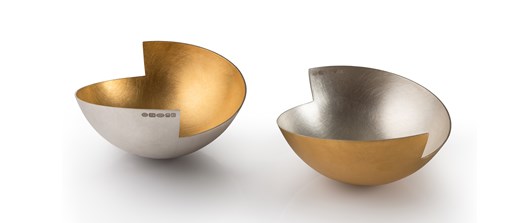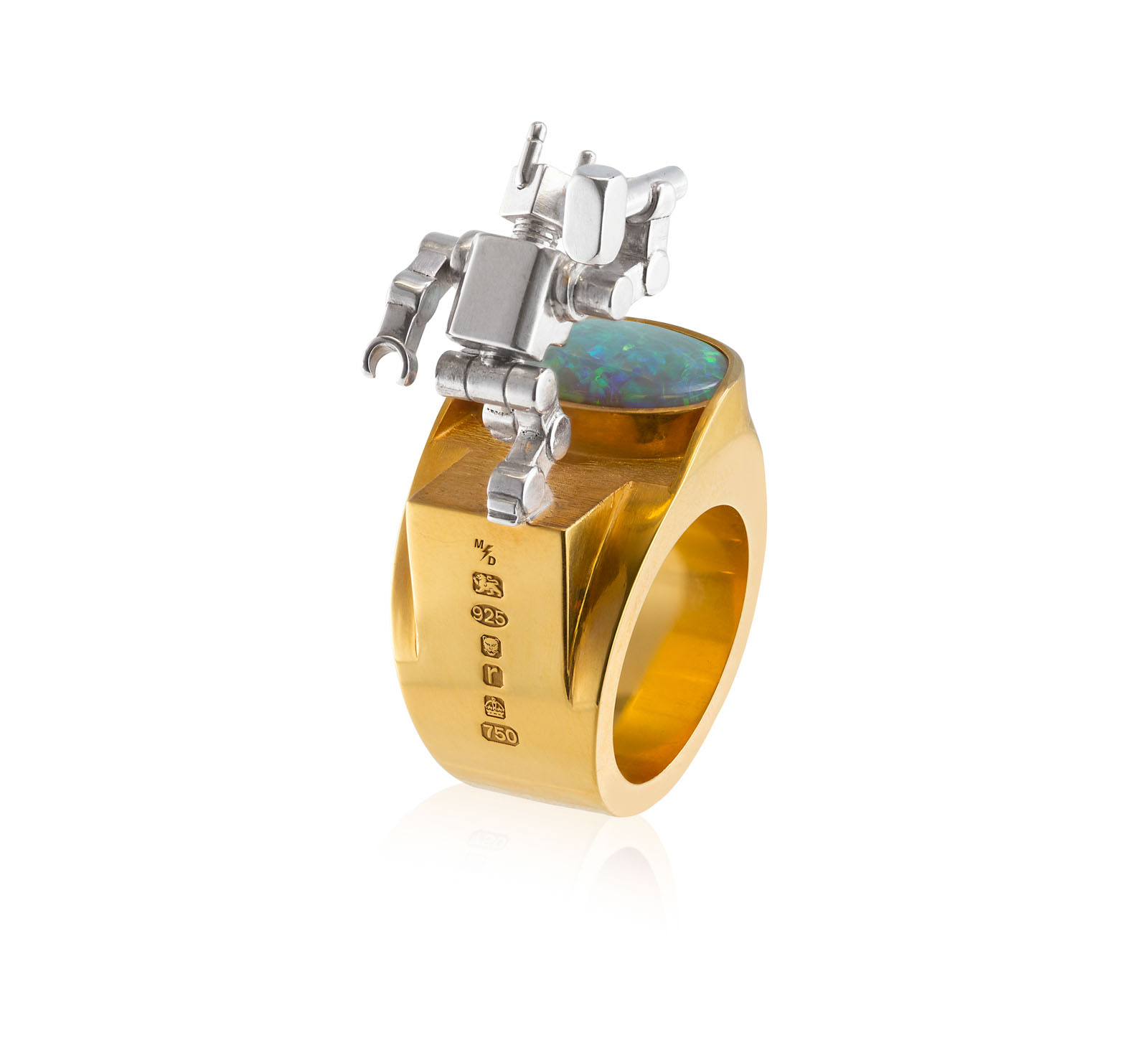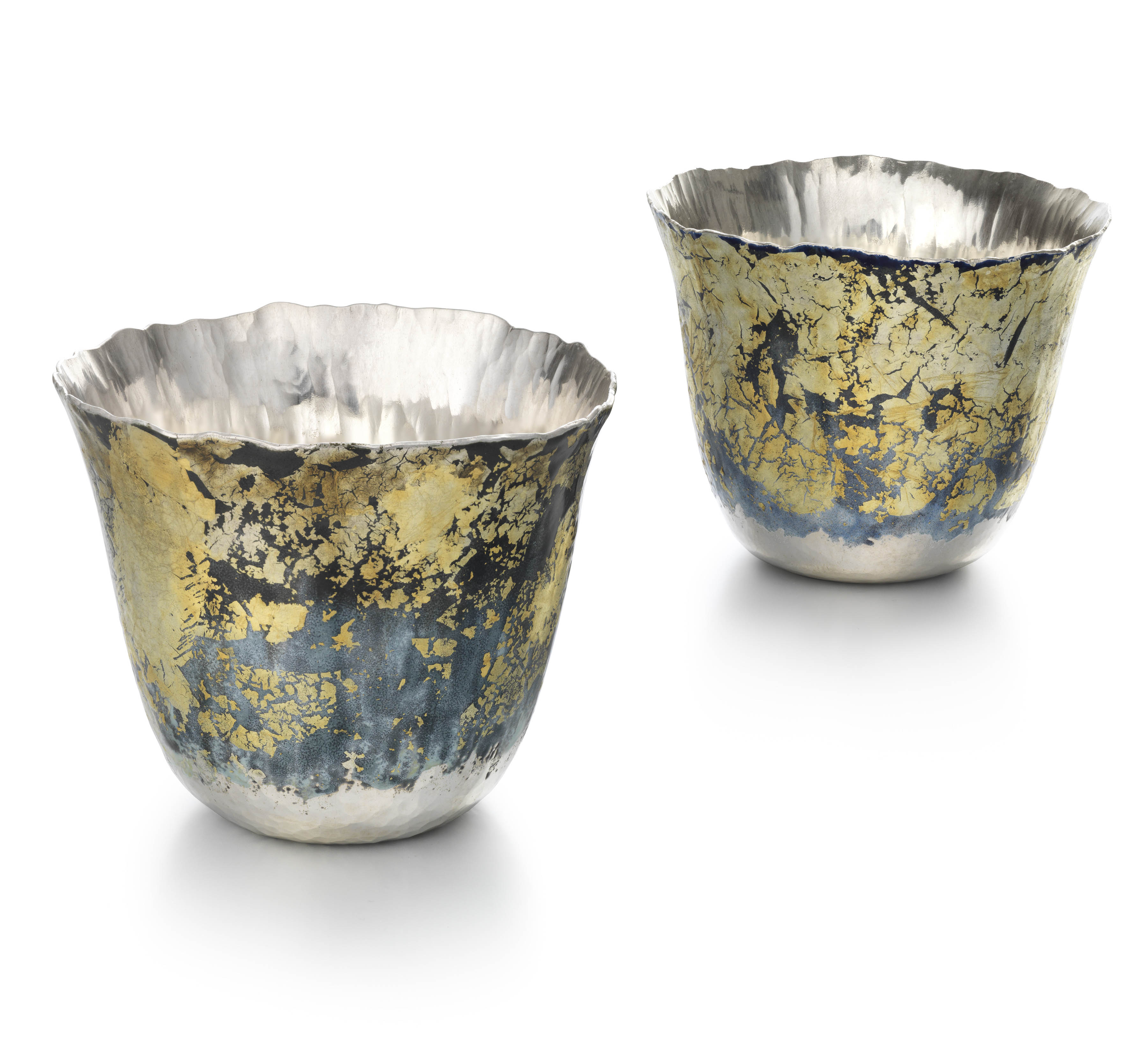Hallmarking Mixed Metals
When submitting items of more than one metal you should submit them in a packet as the lowest standard precious metal of the item, in order, silver, palladium, gold and platinum. In the relevant areas you can state the other metals that make up the item. If you require a part mark for higher precious metals, as you are describing the item as including these metals, then please indicate that you require a part mark added, stating what metal standard is required and indicating it clearly.
Other items, which are the same as the lowest standard in these mixed metal items, can be submitted in the same packet, even if they are not mixed metals.
If you have base metal present then the word METAL will be added to your item and is compulsory. Or if the item is filled with a non-metallic component then the word FILLED is applied. These are also classed as PART MARKS to signify there is an element to the piece which is not precious metal.
Please note, no part mark is allowed to indicate the standard of any plating.



